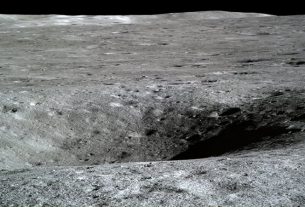Since the year 1899, there has been a shift of about 34 feet in the Earth’s axis of spin. Now, research has been able to quantify the reasons behind this shift and also found out that one-third is because of ice getting melted along with the continuous rise in the sea levels, especially in Greenland.
Then, another one-third of the wobbling happens as a result of the expansion of the land masses in an upward manner due to a retreat of the glaciers and the load getting lightened. The last and final portion of the wobble is as a result of the slow churning of the mantle, which is the violent middle layer of Earth.
Surendra Adhikari, who is an Earth system scientist at Jet Propulsion Laboratory of NASA in Pasadena, California and also a leading researcher on the new study, said that they have provided proof that there is more than one single process, which happens to be the key driving force behind this occurrence.
For quite a long time, scientists have known that the Earth’s spin is basically determined by the mass, which gets distributed all around the planet, just like the way a spinning top’s movement is determined by the manner in which its shape and weight are distributed. Moreover, the Earth’s spin is not quite even as scientists seem to know, thanks to little flutter among the movements of the stars that take place all across the night sky, which the scientists have gone on to record for thousands of years. Since the period of the 1990s, measurements have also gone on to confirm that the rotation of the Earth’s axis tends to drift by a few centimetres every year, usually towards the Hudson Bay.
Some of the core considerations suggest that the earth’s mantle is not a static one by tends to move by the convection process. The scientists have confirmed that the wobble is not a prelude for any kind of impending calamity in the environment. It has got no effect either on the agriculture or on the climate. Adhikari even says that the drift, which takes place, is not of a significant amount.




